Patagonian Toothfish
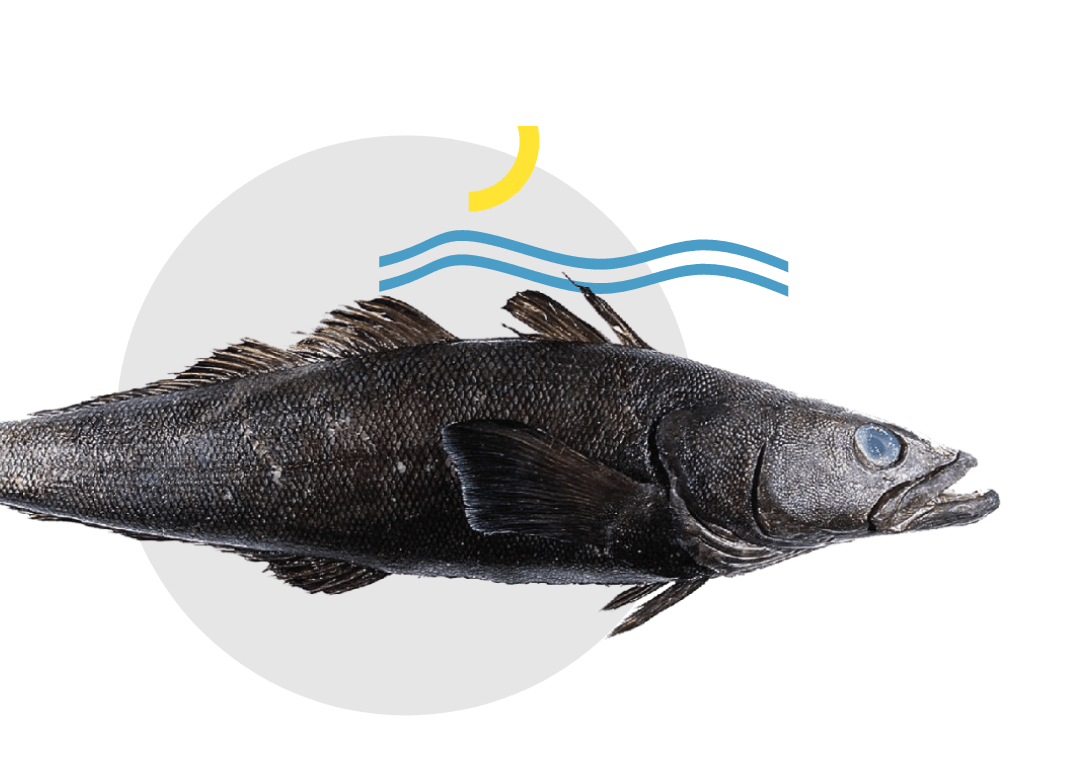
General Characteristics
The Patagonian toothfish (Dissostichus eleginoides) is a species that lives in the Southern Ocean and the South Atlantic waters. It belongs to the Nototheniidae family, which is typical of cold Antarctic and Subantarctic waters. It can reach more than two meters in length and 100 kilograms in weight, and lives in depths of up to 2,500 meters. Adults are found at greater depths, while juveniles live in shallower waters.
In Argentina it is known as Merluza negra, but in other countries it is known by different names, such as Bacalao de profundidad (Chile), Mero (Japan), Róbalo (Spain), and Patagonian toothfish or Chilean seabass (English-speaking countries). In Spanish (CCRVMA) it is also known as Austromerluza.
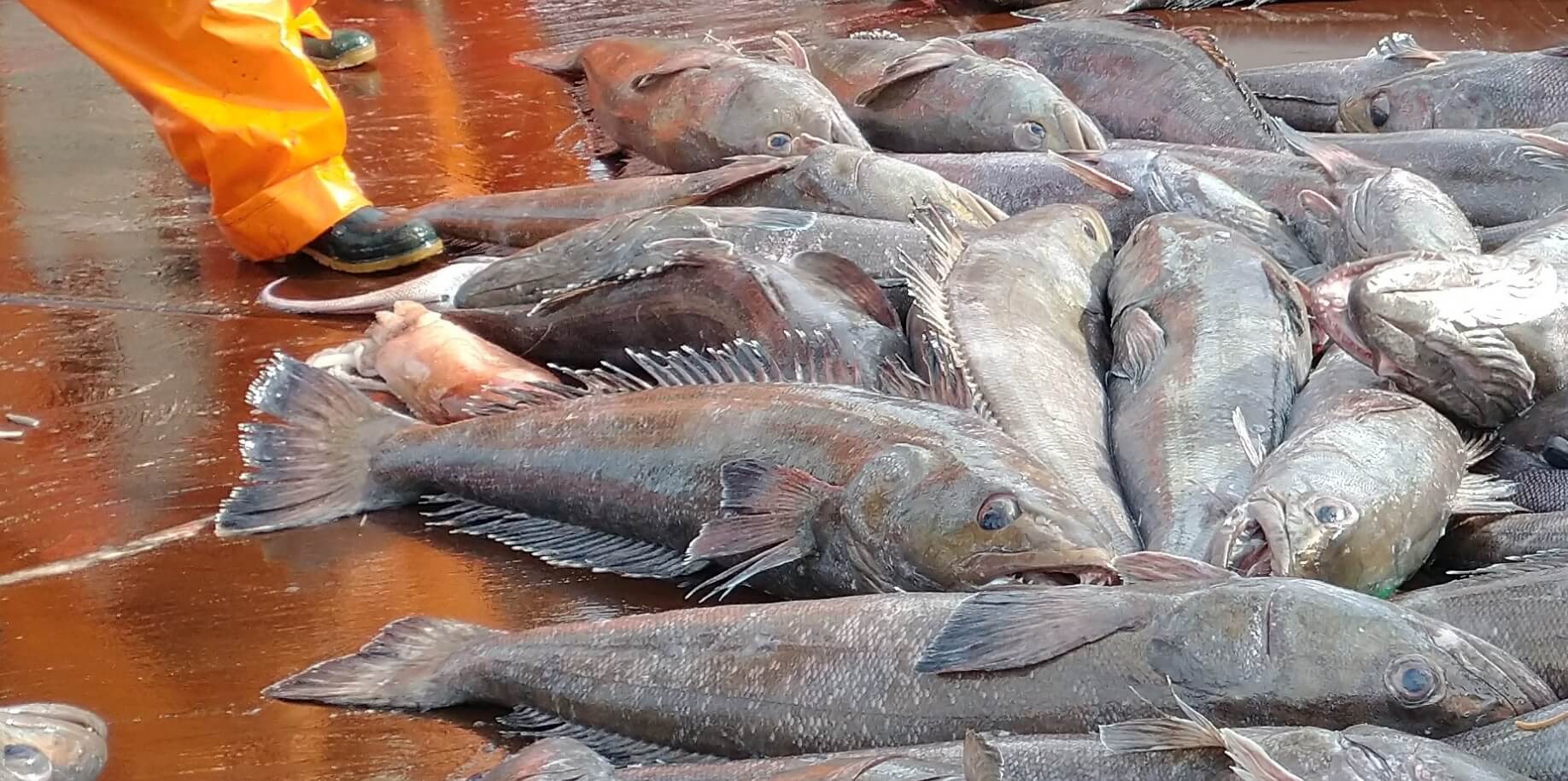
Distribution Area
The distribution of the Patagonian toothfish is endemic to the southern hemisphere. It lives in the cold waters of the Southern Ocean, around the Antarctic continent, generally to the south of the polar front. It is also found in deep waters that surround South America, from Peru and Chile in the Pacific Ocean to Argentina and Uruguay in the Atlantic. In the Southern Ocean it`s found in discrete areas corresponding to the insular shelves and slopes of the South Georgia Islands, the Shag Rocks, South Sandwich Islands, South Orkney Islands, Crozet, Kerguelen, Heard, McDonald, Macquarie and Prince Edward, banks such as Banzare, Ob and Lena, and different regions of the Ross Sea.
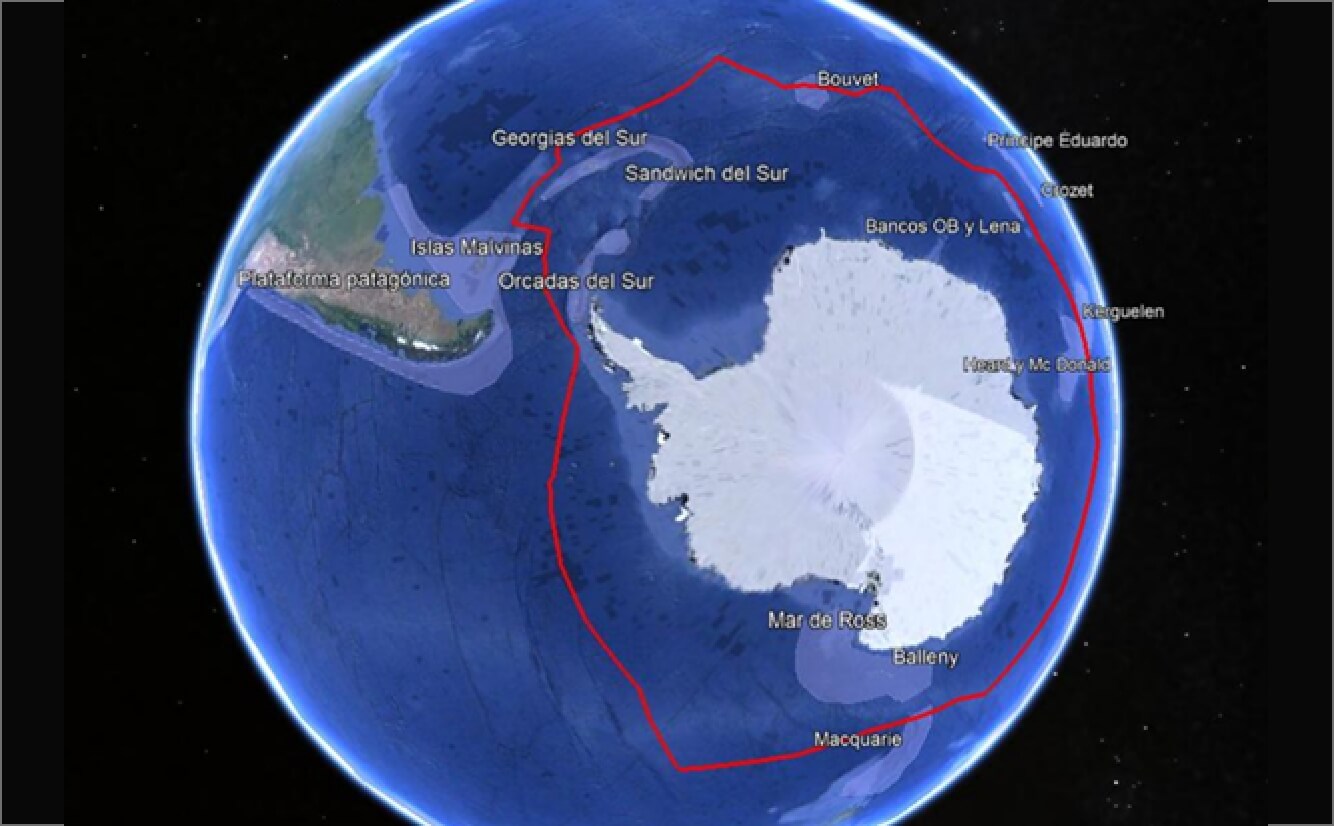
Source: INIDEP
Migratory Movements
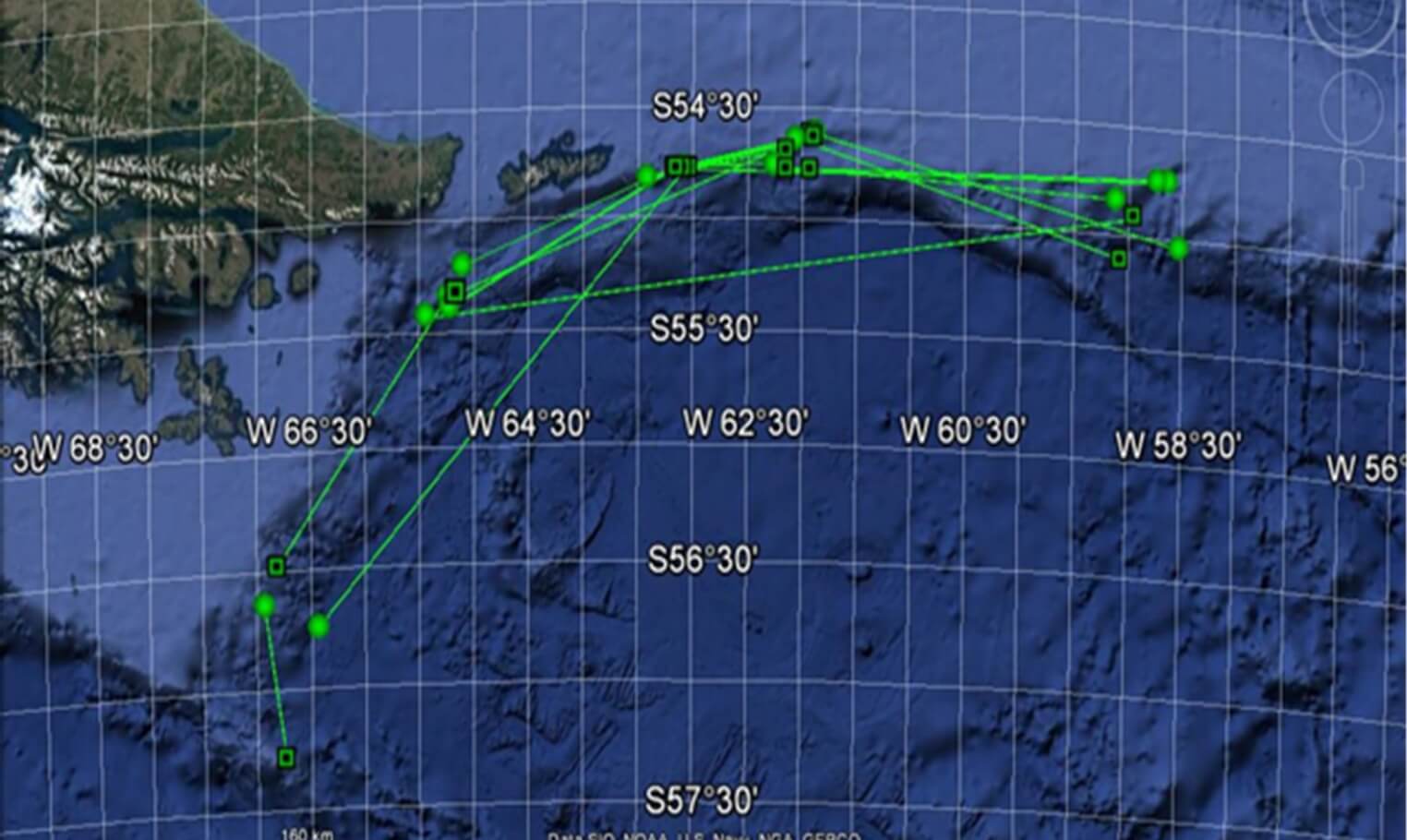
Despite being distributed throughout the entire Antarctic Continent and in a great part of South America, the Patagonian toothfish is considered a low level migratory species. It spends most of its life in places close to where it lives. Although it can travel great distances, this is not a frequent and much less regular behavior; on the contrary, it seems to be quite exceptional. Tag-recapture experiences carried out in Argentina and other countries over several years of research confirmed this behavior.

Source: INIDEP
Biología
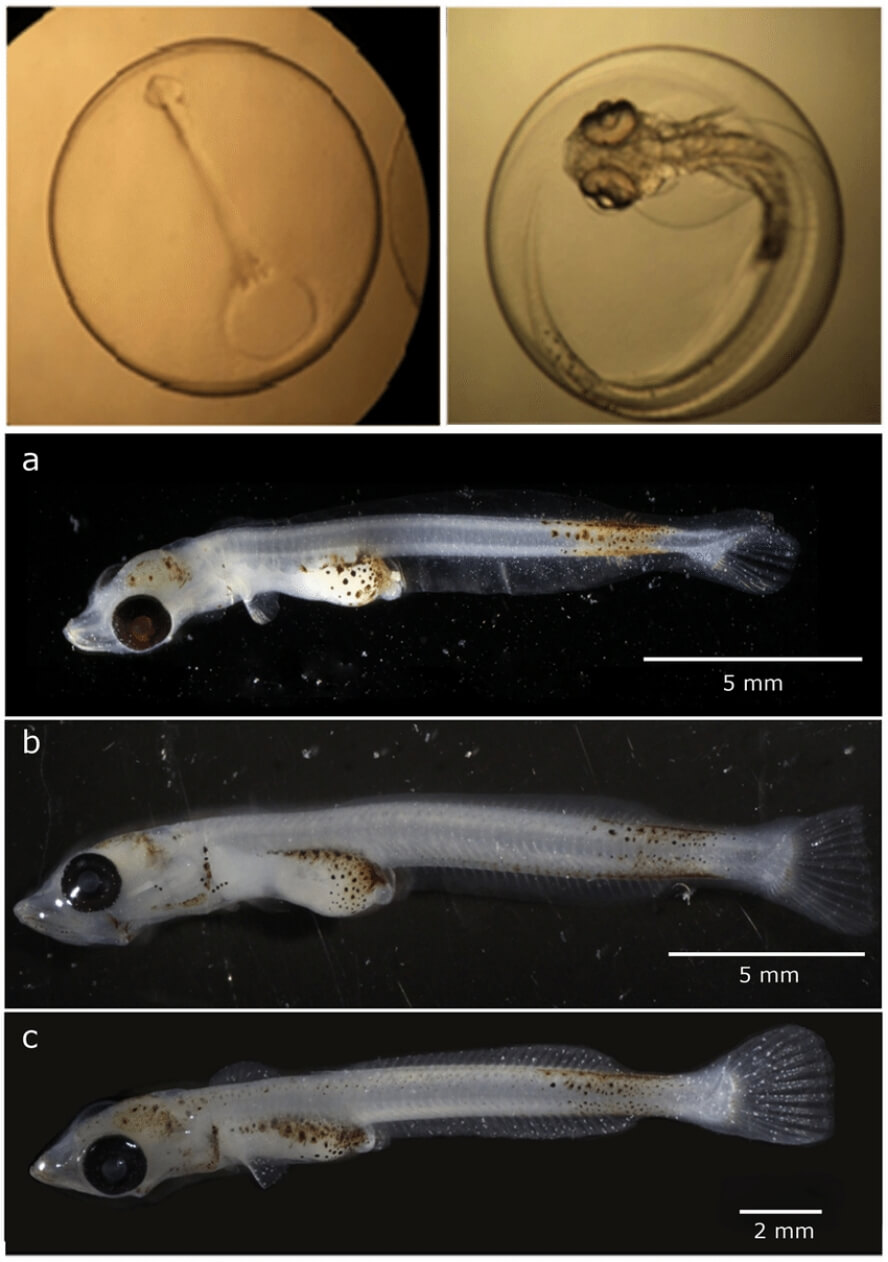
Images: Mujica et al (2016). Embryonic and larval development of Dissostichus eleginoides (Pisces: Nototheniidae). Revista de Biología Marina y Oceanografía Vol. 51, Nº3: 675-680.
Biology
It is a long-lived species, reaching its first sexual maturity between 8 and 12 years of age. It breeds during the winter at depths that can reach 1000 m. Juveniles are located mainly in areas close to reproductive sites, both in continental and insular shelf waters. As they grow, during the next 6 to 7 years, they recruit to the adult stock moving to greater depths.
It is a carnivorous species and a very active predator. Juveniles feed mainly on fish and secondarily on squid, although when they are small they can also feed on zooplankton (mainly small crustaceans). Adults are opportunistic predators feeding primarily on fish, and much less frequently on cephalopods (octopus and squid) and crustaceans (crabs and southern king crabs).